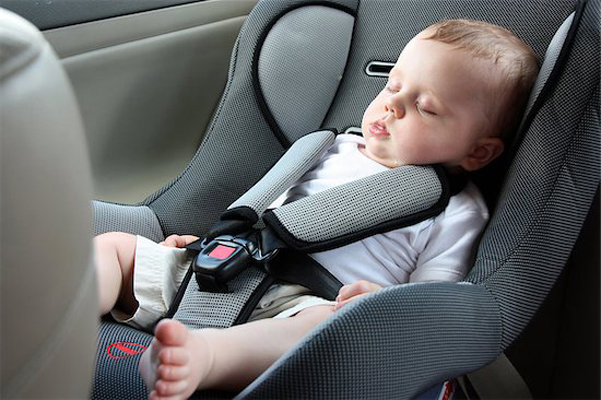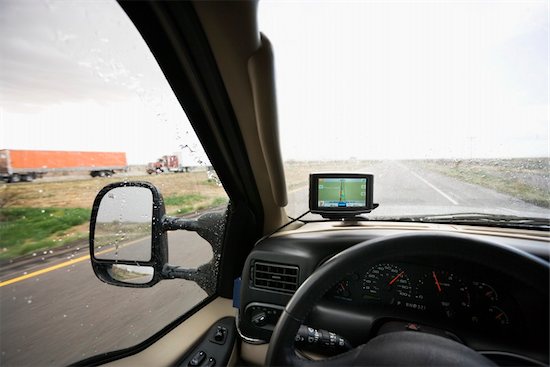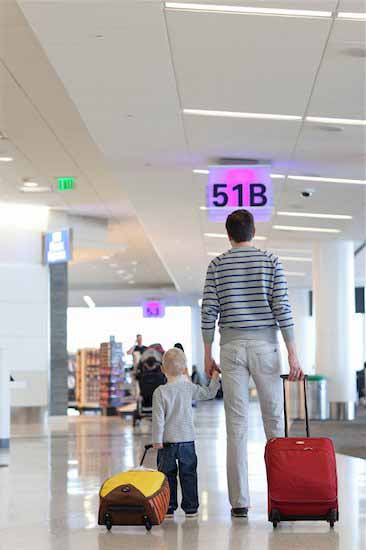Another New Jersey Child Sues Parents for College Tuition; Lawmaker Seeks to Prevent Future Cases
 New Jersey once again is grappling with the issue of how far parents’ financial obligations toward their children should go, particularly in relation to paying for their higher education. At least one State lawmaker is looking at ways to keep such decisions within the family and out of the courtroom.
New Jersey once again is grappling with the issue of how far parents’ financial obligations toward their children should go, particularly in relation to paying for their higher education. At least one State lawmaker is looking at ways to keep such decisions within the family and out of the courtroom.
In a legal battle that began last year, Caitlyn Ricci, a 21-year-old New Jersey resident, filed a lawsuit against Maura McGarvey and Michael Ricci, her divorced parents, seeking to force them to pay for her college tuition. Last month, a judge ruled in her favor citing a 1982 New Jersey Supreme Court ruling that made divorced parents financially responsible for the college education of their children.(1)
Ms. Ricci’s case was originally filed in 2013 soon after she left her mother’s home and moved in with her paternal grandparents. At that time, Ms. Ricci’s parents were ordered to pay their daughter’s tuition at Gloucester County College, a public State school, provided Ms. Ricci applied for available scholarships and loans to help defray the costs. According to reports, the parents did not pay the tuition because their daughter did not meet her court-ordered obligations. This past summer, Ms. Ricci transferred to Temple University in Philadelphia, PA, and returned to court asking that her parents be forced to pay her tuition, which now amounts to $26,000 a year.(1)
In hearing the case, the judge referred to Newburgh v Arrigo, the 1982 State Supreme Court case that decided divorced parents are responsible for providing college educations for their children, and ordered Ms. Ricci’s parents to pay $16,000 of her Temple University tuition bill.(1)
This case is reminiscent of another case that made headlines earlier this year involving a then high school student, Rachel Canning, who went to court seeking emancipation and support from her estranged parents. That support was to include the continued payment of her private high school tuition costs, as well as payment of her future college tuition. That case eventually was dropped and Ms. Canning returned home to her parents’ house before moving to college this past fall.(2) Continue reading ›
 New Jersey Family Law Blog
New Jersey Family Law Blog









 For most of us, the term “GPS” has become shorthand for the navigational system we rely on to get from one location to another or to help find alternative routes in the face of traffic congestion or road detours. This same technology, which uses satellite signals to determine location, can also be used to track the whereabouts of a vehicle or person carrying the device, with or without that person’s knowledge.
For most of us, the term “GPS” has become shorthand for the navigational system we rely on to get from one location to another or to help find alternative routes in the face of traffic congestion or road detours. This same technology, which uses satellite signals to determine location, can also be used to track the whereabouts of a vehicle or person carrying the device, with or without that person’s knowledge. President Barack Obama last week signed into law the Sean and David Goldman International Child Abduction Prevention and Return Act providing more governmental support to American parents who are embroiled in international legal battles to regain
President Barack Obama last week signed into law the Sean and David Goldman International Child Abduction Prevention and Return Act providing more governmental support to American parents who are embroiled in international legal battles to regain 